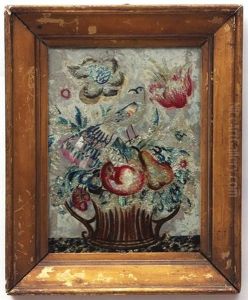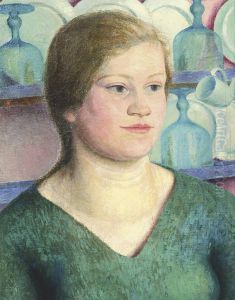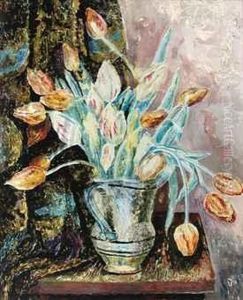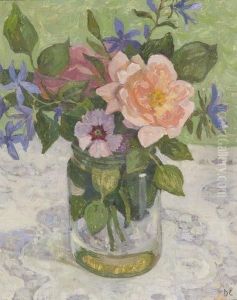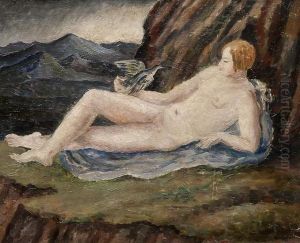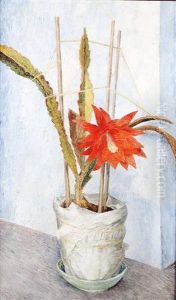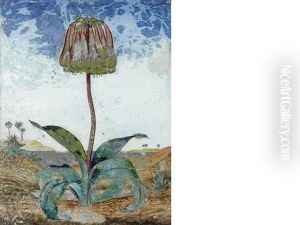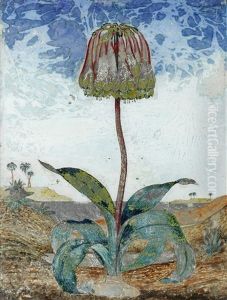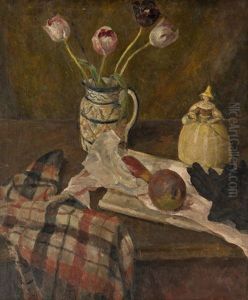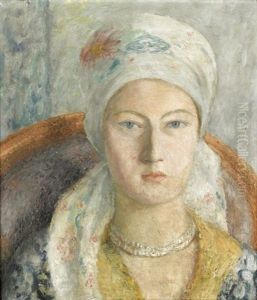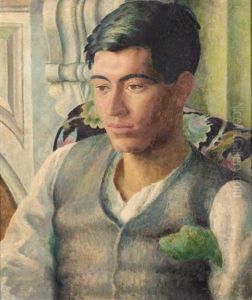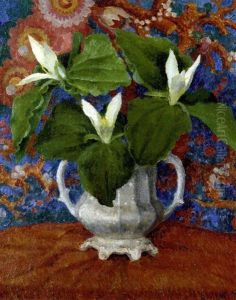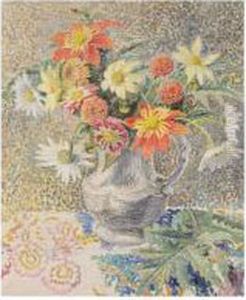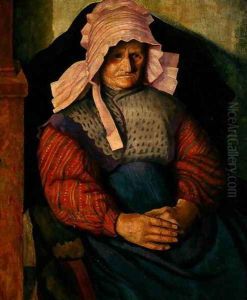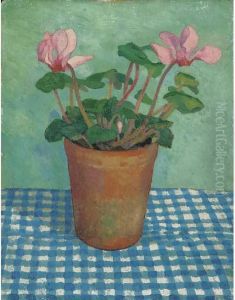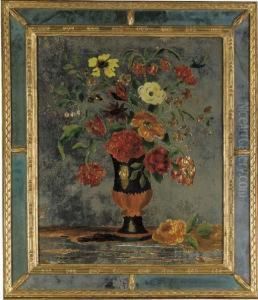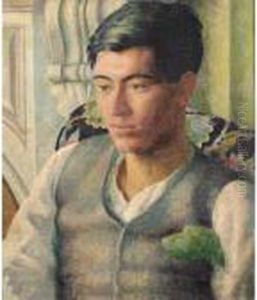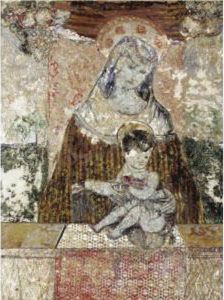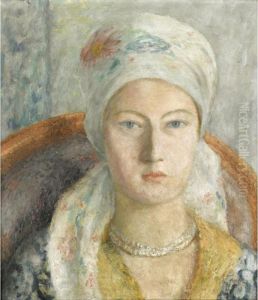Dora Carrington Paintings
Dora Carrington, known simply as Carrington, was an English painter and decorative artist, remembered as much for her association with the Bloomsbury Group and her complex personal life as for her artistic work. Born on March 29, 1893, in Hereford, England, she was known for her reluctance to exhibit her work, and as a result, her artistic legacy is less well-known to the public than that of some of her contemporaries.
Carrington was educated at the all-girls' Bedford High School which emphasized the arts. Her talent for painting was recognized early on, and she received a scholarship to study at the Slade School of Fine Art in London, where she developed a bold, linear style. At Slade, she befriended many artists and intellectuals, including Mark Gertler and later members of the Bloomsbury Group, such as Virginia Woolf and Lytton Strachey.
After her schooling, Carrington's personal life became deeply intertwined with her professional one. She formed a close and complex relationship with Strachey, a homosexual writer and critic, with whom she lived for most of her life. Although they did not have a conventional romantic relationship, their bond was profound and lasted until Strachey's death in 1932. Carrington's relationships and her role in the Bloomsbury Group have often overshadowed her achievements in painting and decorative arts.
As an artist, Carrington was versatile and worked in various mediums, including painting, woodcuts, and decorative objects. She often painted portraits of her friends and loved ones, landscapes, and still lifes. Her style varied from figurative to abstract, and she took on commissions for various decorative projects. Despite her talents, Carrington was modest and private about her work, rarely seeking public attention for it.
Tragically, Carrington's life was cut short by her own hand. Unable to cope with Strachey's death, she died by suicide on March 11, 1932, at the age of 38. Her death marked the loss of a talented artist whose contributions to English art and the legacy of the Bloomsbury Group were only fully recognized posthumously. Today, Carrington is celebrated for her unique artistic voice and her commitment to living life on her own terms, despite the social conventions of her time.

